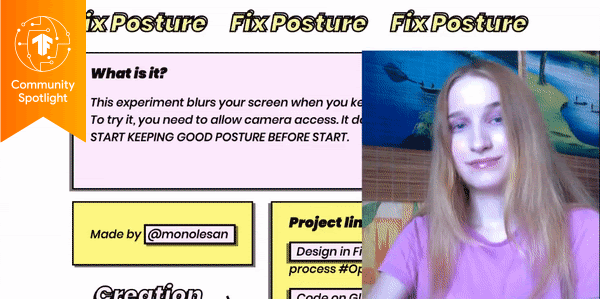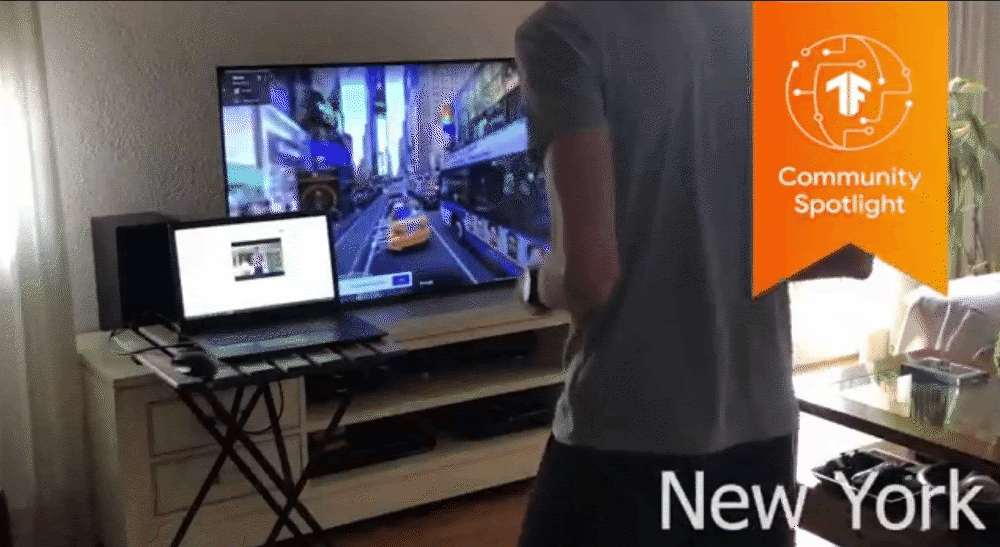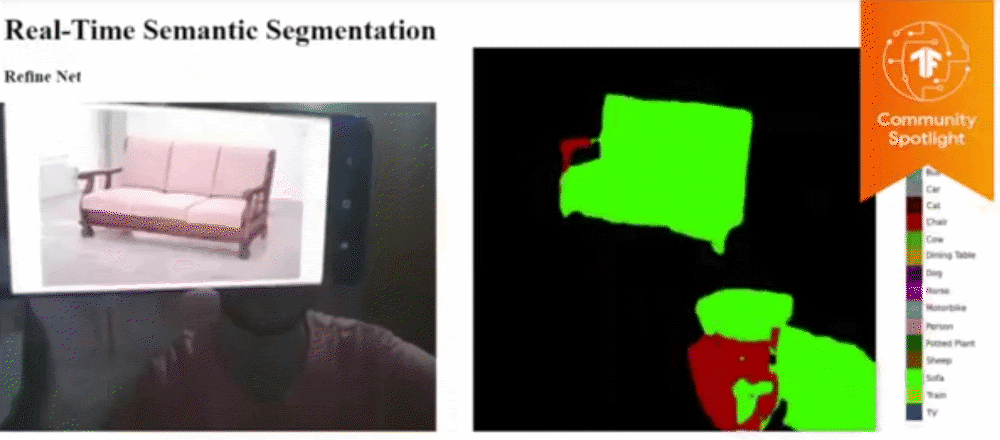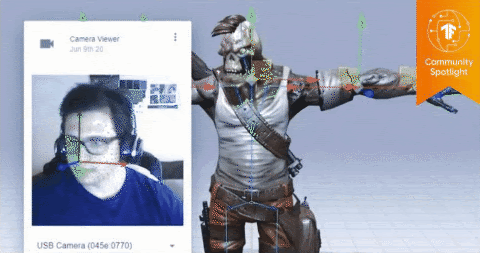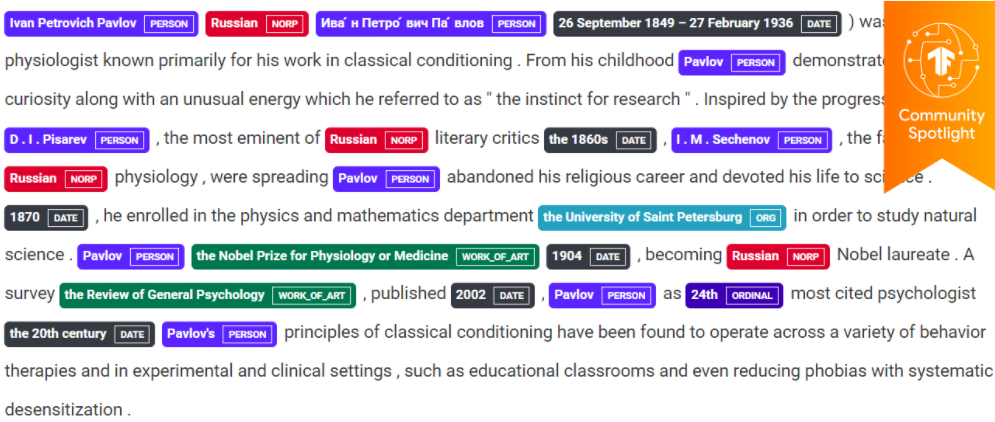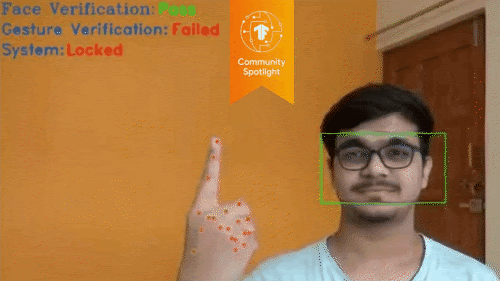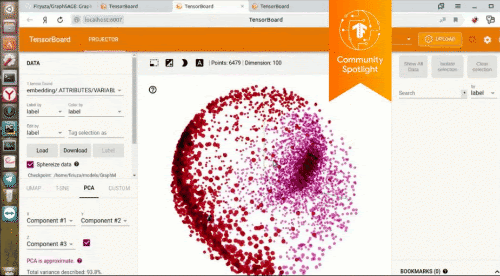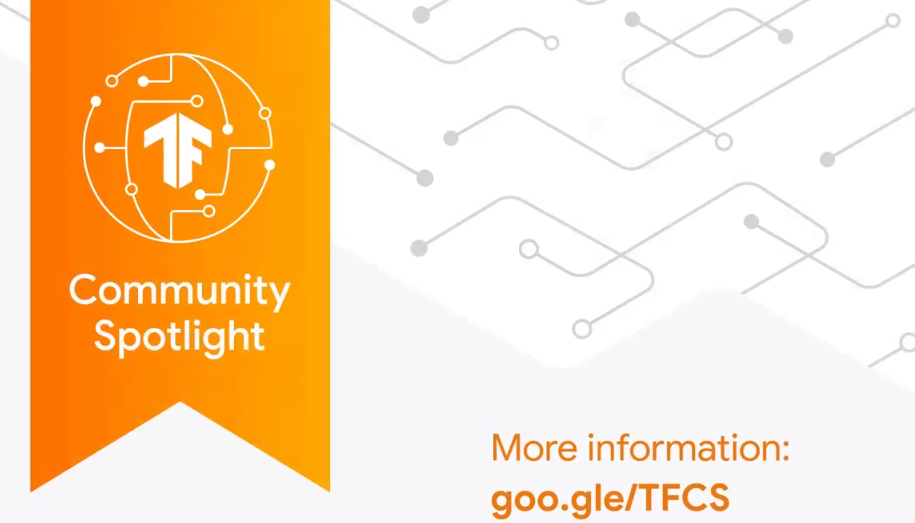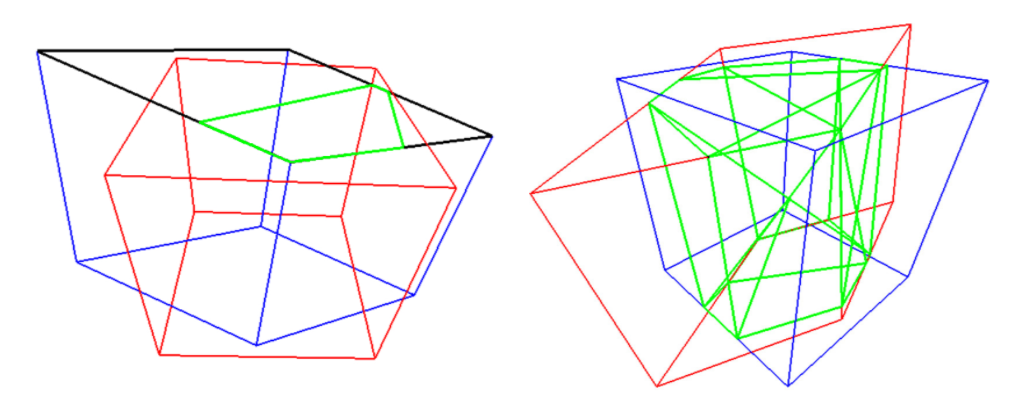Amazon Polly turns text into lifelike speech, allowing you to create applications that talk and build entirely new categories of speech-enabled products. We’re thrilled to announce the launch of a brand-new, British Newscaster speaking style voice: Amy. The speaking style mimics a formal and authoritative British newsreader. This Newscaster voice is the result of our latest achievements in Neural Text-to-Speech (NTTS) technology, making it possible to release new voices with only a few hours of recordings.
Amy’s British English Newscaster voice offers an alternative to the existing Newscaster speaking styles in US English (Matthew and Joanna, launched in July 2019) and US Spanish (Lupe, launched in April 2020). The style is suitable for a multitude of sectors, such as publishing and media. The high quality of the voice and its broadcaster-like style contribute to a more pleasant listening experience to relay news content.
Don’t just take our word for it! Our customer SpeechKit is a text-to-audio service that utilizes Amazon Polly as a core component of their toolkit. Here’s what their co-founder and COO, James MacLeod, has to say about this exciting new style: “News publishers use SpeechKit to publish their articles and newsletters in audio. The Amy Newscaster style is another great improvement from the Polly team, the pitch and clarity of intonation of this style fits well with this type of short-to-mid form news publishing. It provides listeners with a direct and informative style they’re used to hearing from human-read audio articles. As these voices advance, and new listening habits develop, publishers continue to observe improvements in audio engagement. News publishers can now start using the Amy Newscaster style through SpeechKit to make their articles available in audio, at scale, and track audio engagement.“
You can listen to the following samples to hear how this brand-new British Newscaster speaking style sounds:
Amy:
The following samples are the other Newscaster speaking styles in US English and US Spanish:
Matthew:
Joanna:
Lupe:
You can use Amy’s British Newscaster speaking style via the Amazon Polly console, the AWS Command Line Interface (AWS CLI), or AWS SDK. The feature is available in all AWS Regions supporting NTTS. For more information, see What Is Amazon Polly? For the full list of available voices, see Voices in Amazon Polly. Or log in to the Amazon Polly console to try it out for yourself! Additionally, Amy Newscaster and other selected Polly voices are now available to Alexa skill developers.
About the Author
 Goeric Huybrechts is a Software Development Engineer in the Amazon Text-to-Speech Research team. At work, he is passionate about everything that touches AI. Outside of work, he loves sports, football in particular, and loves to travel.
Goeric Huybrechts is a Software Development Engineer in the Amazon Text-to-Speech Research team. At work, he is passionate about everything that touches AI. Outside of work, he loves sports, football in particular, and loves to travel.


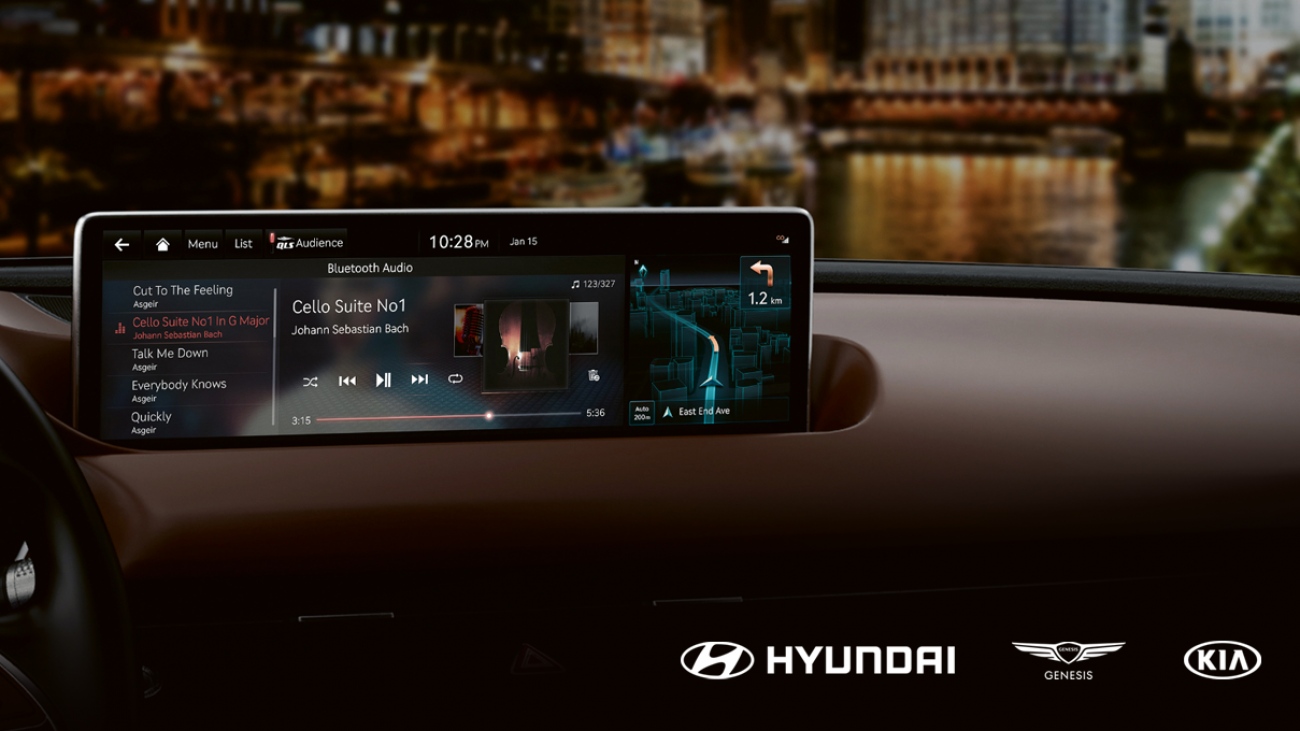

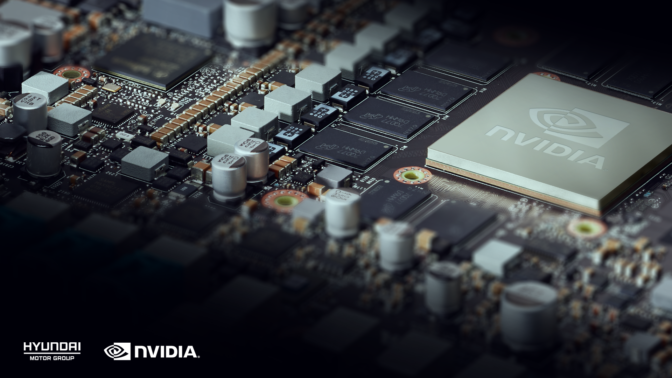
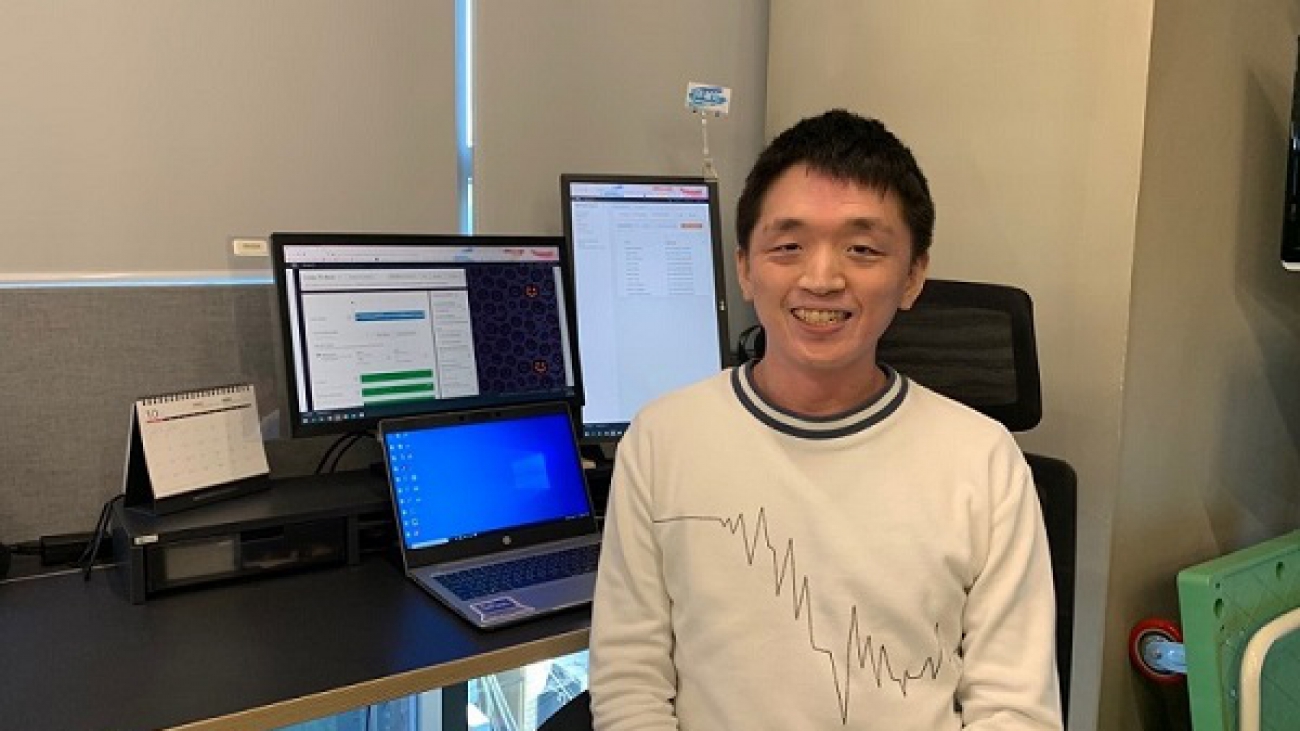
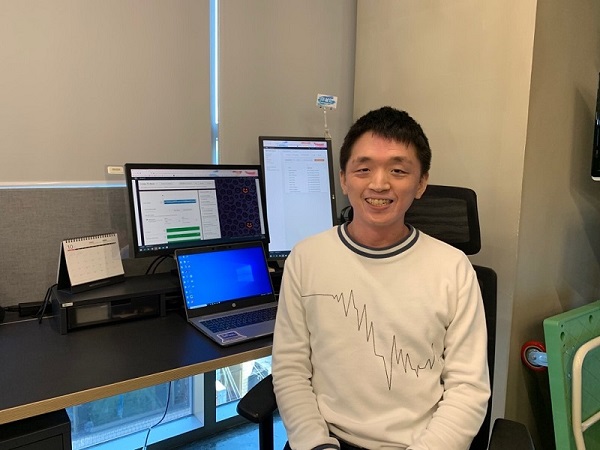


 Paloma Pineda is a Product Marketing Manager for AWS Artificial Intelligence Devices. She is passionate about the intersection of technology, art, and human centered design. Out of the office, Paloma enjoys photography, watching foreign films, and cooking French cuisine.
Paloma Pineda is a Product Marketing Manager for AWS Artificial Intelligence Devices. She is passionate about the intersection of technology, art, and human centered design. Out of the office, Paloma enjoys photography, watching foreign films, and cooking French cuisine.

